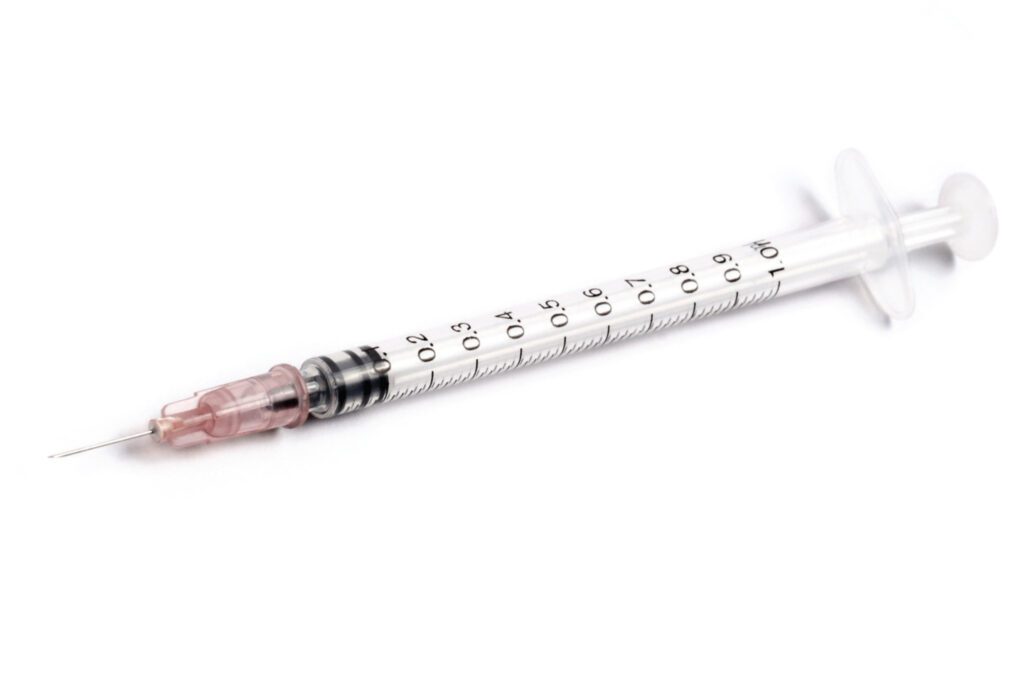Used for a variety of cosmetic and medical purposes, Botox is an anti-aging powerhouse that can do everything from erase fine lines and wrinkles to reduce migraines and muscle spasms. Botox remains the king of non-surgical cosmetic treatments, and more than 7 million procedures are administered each year. Think this treatment might be right for you? Read on to learn more before consulting your doctor.


How It Works
Botox, also known by other brand names such as Dysport and Xeomin, is a neurotoxin derived from the bacterium Clostridium botulinum. While this neurotoxin can be harmful, in small doses it works to block certain chemical signals from the nerves that cause muscles to contract. As a result, the muscles are paralyzed and can’t contract, thus staying relaxed.
Before Your Treatment
Before seeking a Botox treatment, many professionals suggest avoiding alcohol for a least one week, and pregnant or breastfeeding women should consider avoiding the procedure altogether. In addition, anti-inflammatory or blood-thinning medications can increase bruising and should be avoided for two weeks before treatment, as well as immediately following treatment.
What to Expect from a Procedure
In addition to treating over 20 medical conditions, Botox is widely used to reduce wrinkles and fine lines. During a routine cosmetic procedure, the botulinum toxin will be diluted with saline and injected directly into neuromuscular tissue. Botox doesn’t require anesthesia, and the procedure typically only takes a few minutes. The full effect of a Botox injection may take anywhere from several days to two weeks to be seen.
How Long It Lasts
Botox results last anywhere from three to six months. As muscle action begins to return, lines and wrinkles reappear. Some individuals choose to continue getting follow-up treatments, and over time, lines and wrinkles often become less severe due to muscle shrinkage.
Common Side Effects
Botox is a minimally invasive procedure, and the most common side effect is temporary bruising. In rare cases, headaches can occur, but they typically last no longer than two days. An even smaller percentage of Botox recipients will experience eyelid drooping. This side effect typically subsides within several weeks and is usually due to the Botox moving around after being injected. For this reason, experts suggest not rubbing or massaging the treated area for roughly 12 hours and to not lie down for several hours after a procedure.
In addition to cosmetic changes, Botox can also be used to treat the following medical conditions:
Cervical dystonia. With this painful condition, your neck muscles contract involuntarily, causing your head to twist or turn into an uncomfortable position.
Lazy eye. The most common cause of lazy eye is an imbalance in the muscles responsible for positioning the eye.
Muscle contractures. Some neurological conditions, such as cerebral palsy, can cause your limbs to pull in toward your center. In some cases, these contracted muscles can be relaxed with Botox injections.
Hyperhidrosis. With this condition, you may experience excessive sweating even when the temperature isn’t hot and you’re not exerting yourself.



Chronic migraine. If you experience migraines more than 15 days a month, Botox injections may help reduce headache frequency.
Bladder dysfunction. Botox injections can also help reduce urinary incontinence caused by an overactive bladder.
Eye twitching. Botox injections may help relieve contracture or twitching of muscles around the eye. HS

